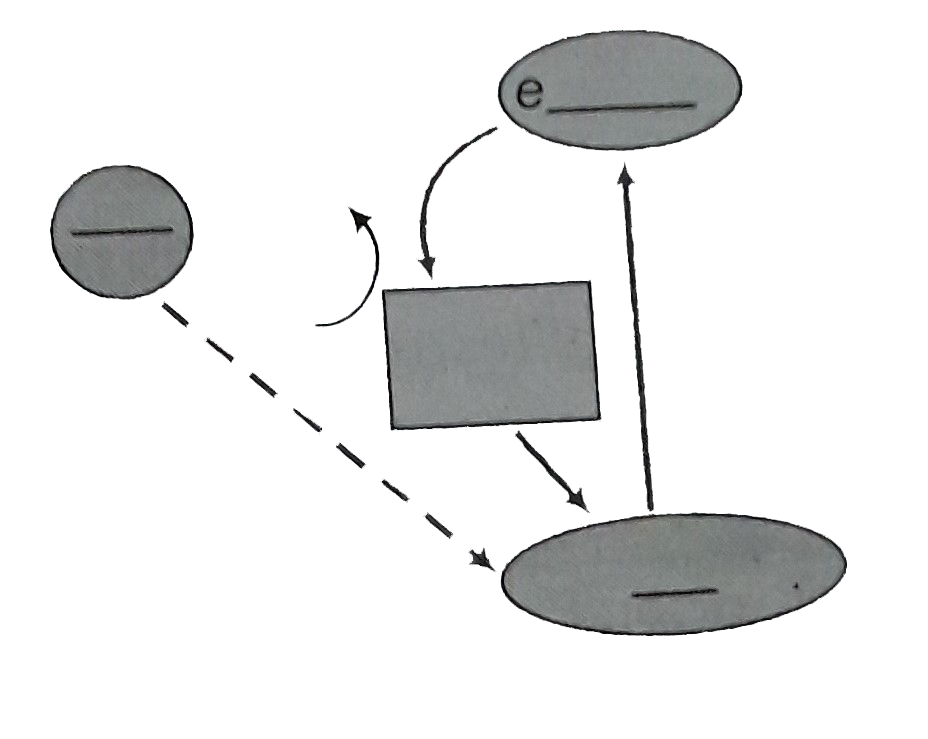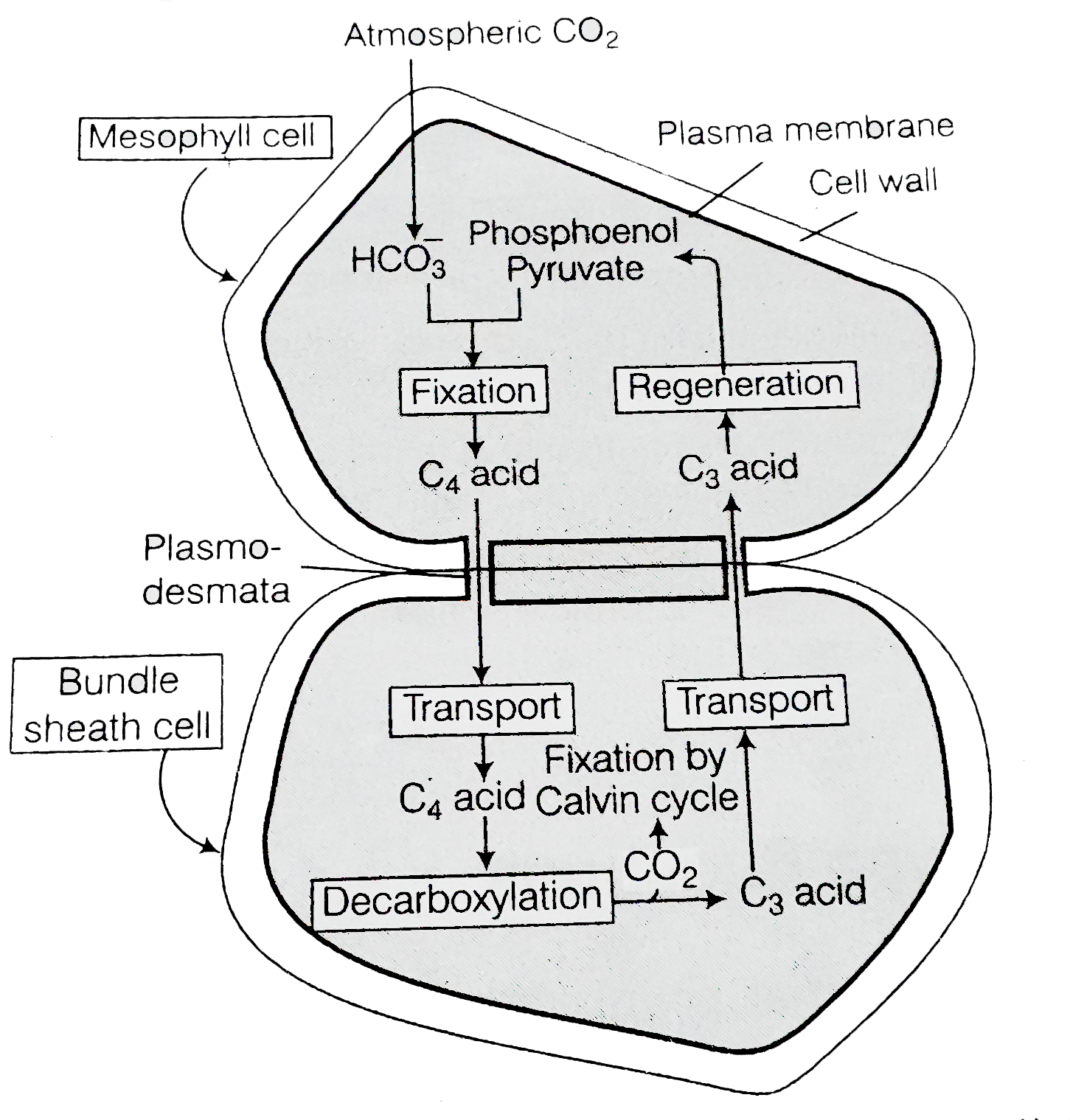Complete Solutions to Short Answer Type Question of chapter PHOTOSYNTHESIS IN HIGHER PLANTS of Class 11 book with complete answers and questions
| Class 11 | BIOLOGY |
| Chapter | PHOTOSYNTHESIS IN HIGHER PLANTS |
| NCERT EXEMPLAR | Short Answer Type Question |
| Number Of Questions | 20 |
| Academic Year | 2023-24 |
Succulents are known to keep their stomata closed during the day to check transpiration. How do they meet their photosynthetic `CO_(2)` requirements ?
View SolutionChlorophyll-'a' is primary pigment for the light reaction. What are assessory pigments ? What is their role in photosynthesis ?
View SolutionDo reaction of photosynthesis called ,as 'Dark Reaction' need light ? Explain
View SolutionHow are photosynthesis and respiration related to each other ?
View SolutionIf a green plant is kept in dark with proper ventilation, can this plant carry out photosynthesis ? Can anything be given as supplement to maintain its growth or survival ?
View SolutionPhotosynthetic organisms occur at different depths in the ocean. Do they receive qualitatively and quantitatively the same light ? How do they adapt to carry out photosynthesis under these conditions.
View SolutionIn tropical rain forests, the canopy is thick and shorter plants growing below it, receive filtered light. How are they able to carry out phtosynthesis ?
View SolutionWhat conditions enable RuBisCO to function as an oxygenase ? Explain the ensuing process.
View SolutionWhy does the rate of photosynthesis decrease at higher temperatures ?
View SolutionExplain how during light reaction of photosynthesis, ATP synthesis is a chemiosmotic phenomenon.
View SolutionFind out how Melvin Calvin worked out the complete biosynthetic pathway for synthesis of sugar.
View SolutionSix turns of Calvin cycle are required to generate one mole of glucose. Explain.
View SolutionComplete the flow chart for cyclic photosphorylation of the photosystme -I.

View SolutionIn what kind of plants do you come across 'Kranz' anatomy? To which conditions are those plants better adapted? How are these plants better adapted than the plants which lack this anatomy.
View SolutionA process is occurring throughout the day, in 'X' organis. Cells are participating in this process. During this process ATP, `CO_(2)` and water are evolved. It is not a light dependent process.
(a) Name the process
(b) Is it a catabolic or an anabolic process ?
( c) What could be the raw material of this process ?
View SolutionTomatoes, carrot and chillies are red in colour due to the presence of one pigment. Name the pigment. Is it a photosynthetic pigments ?
View SolutionWhy do we believe chloroplasts and mitochondria to be semi-autonomous organelle ?
View SolutionObserve the diagram and answer the following .

(a) Which group of plants exhibit these two type cells ?
(b) What is the first product of `C_(4)` cycle ?
( c) Which enzyme is there is bundle sheath cells and mesophyll cells ?
View SolutionA cyclic process is occurring in ` C_(3)` plant, which is light dependent and needs `O_(2)`. This process energy rather it consumes energy (a) Can you name the given process ?
(b) Is it essential for survival ?
( c) What are the end products of this process ?
(d) Where does it occur ?
View SolutionSuppose Euphorbia and Maize are grown in the tropical area.
(a) Which one of them do you think will be able to survive under such conditions?
(b) Which one of them is more efficient in terms of photosynthetic activity?
(c) What differences do you think are there in their leaf anatomy?
View Solution
Short Answer Type Question questions and complete solutions for chapter PHOTOSYNTHESIS IN HIGHER PLANTS of NCERT BIOLOGY (HINGLISH) of Class 11